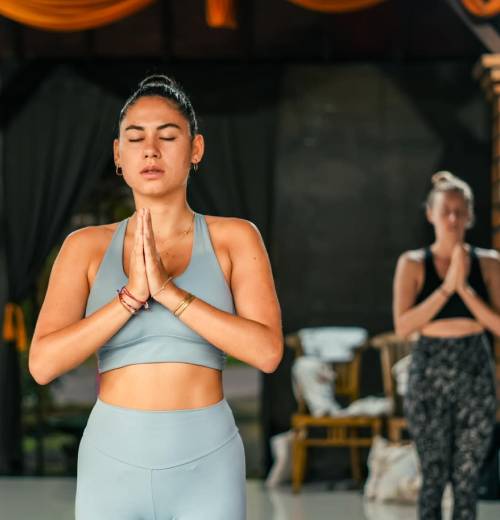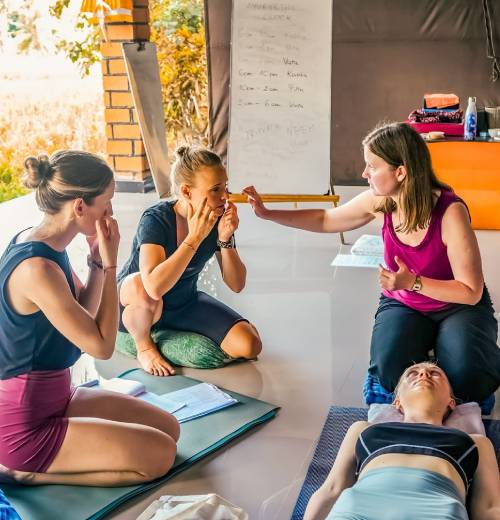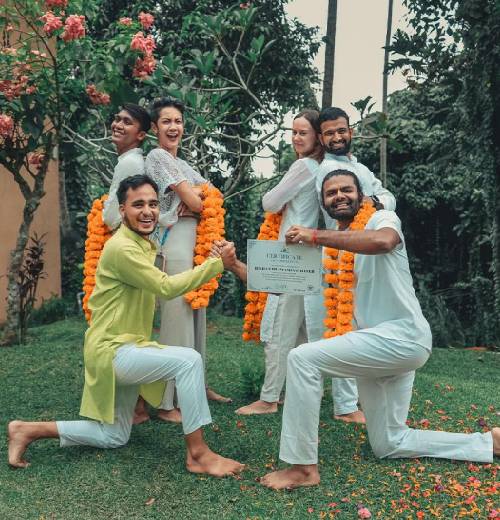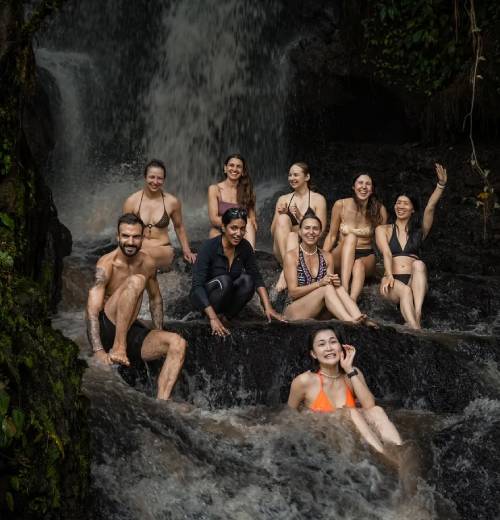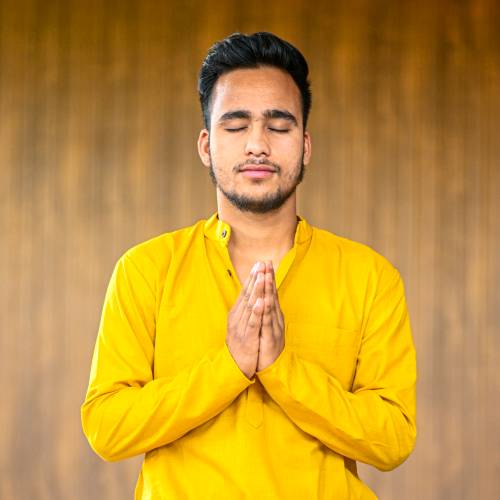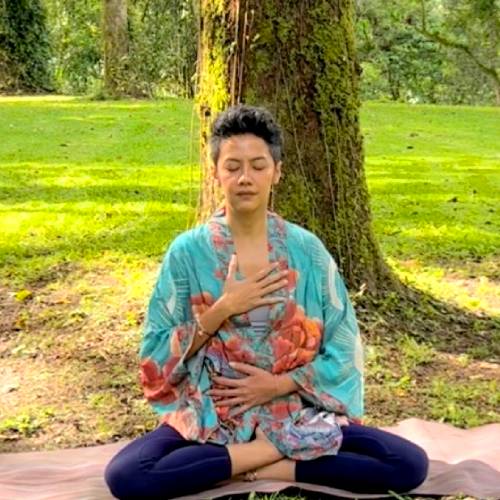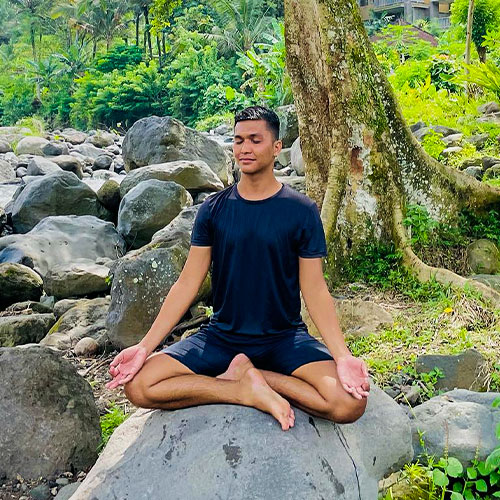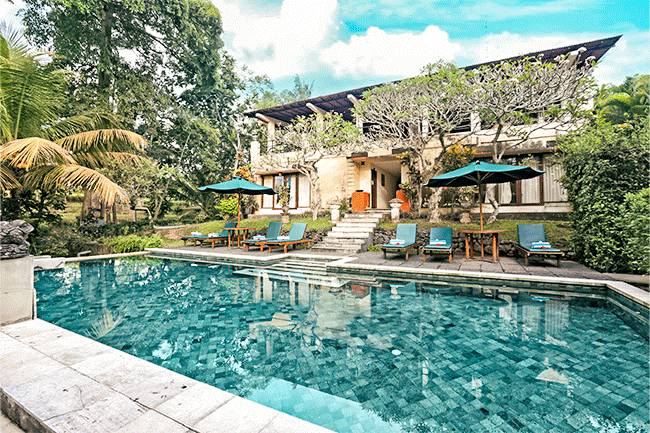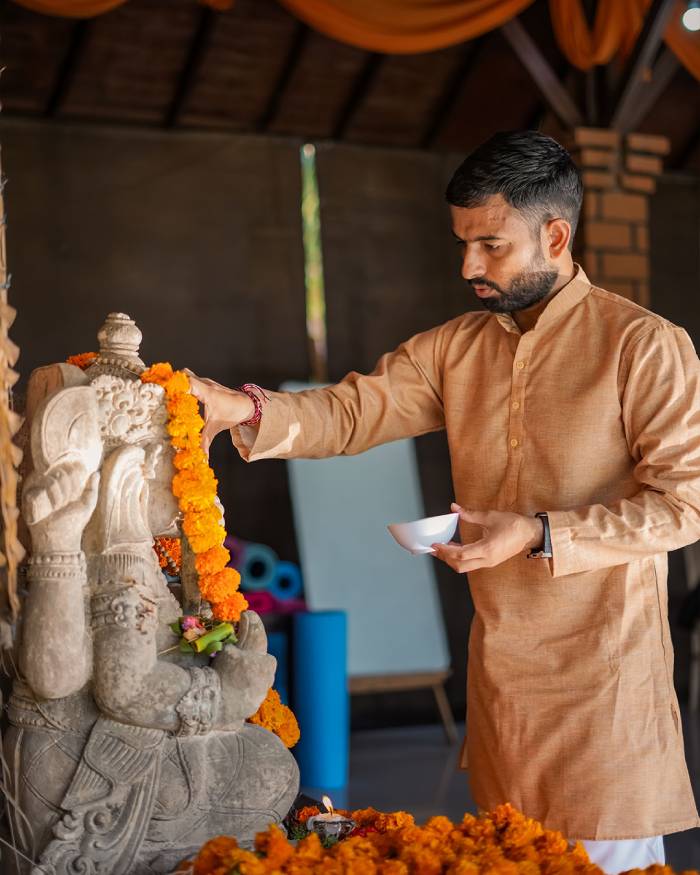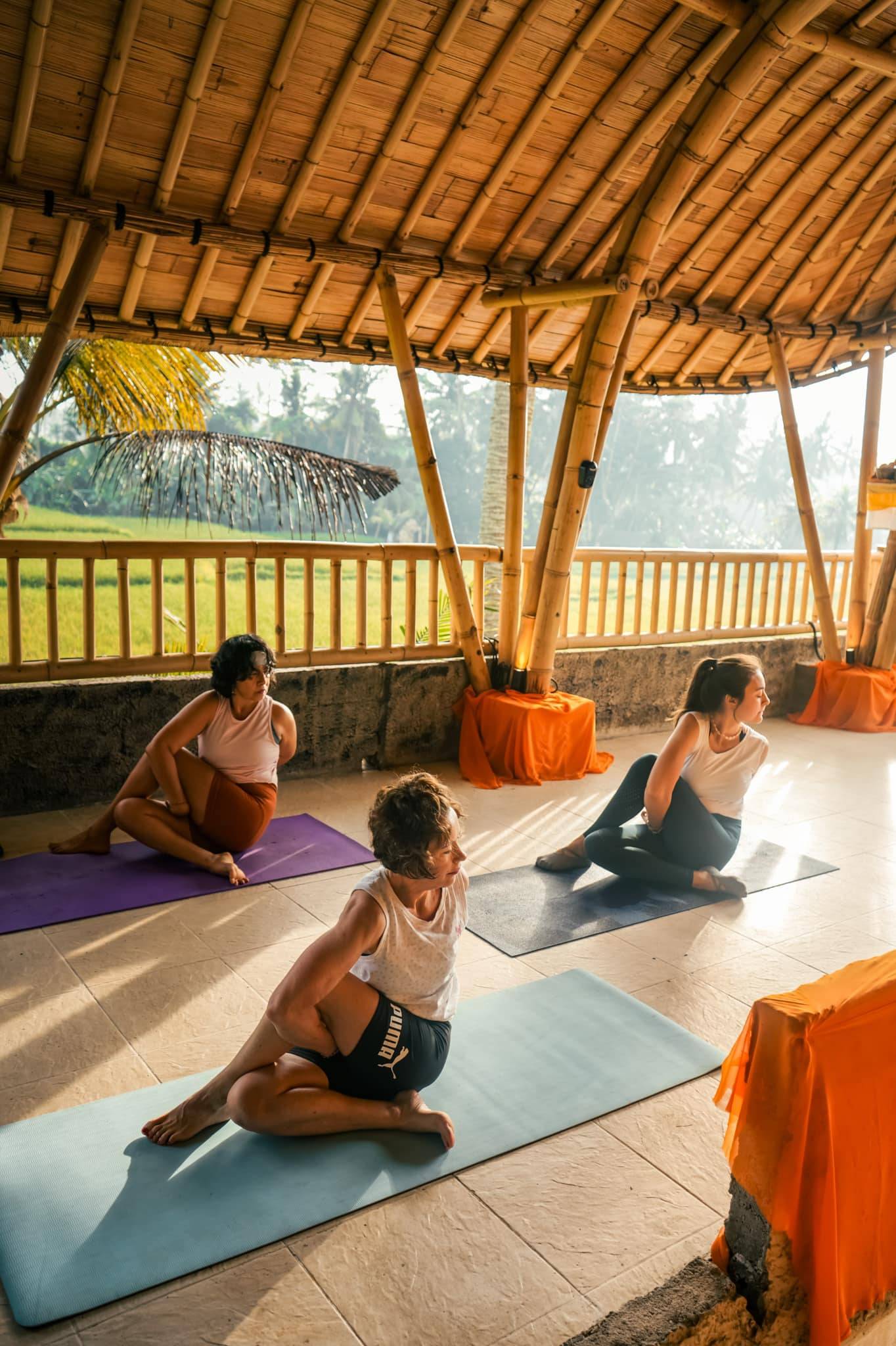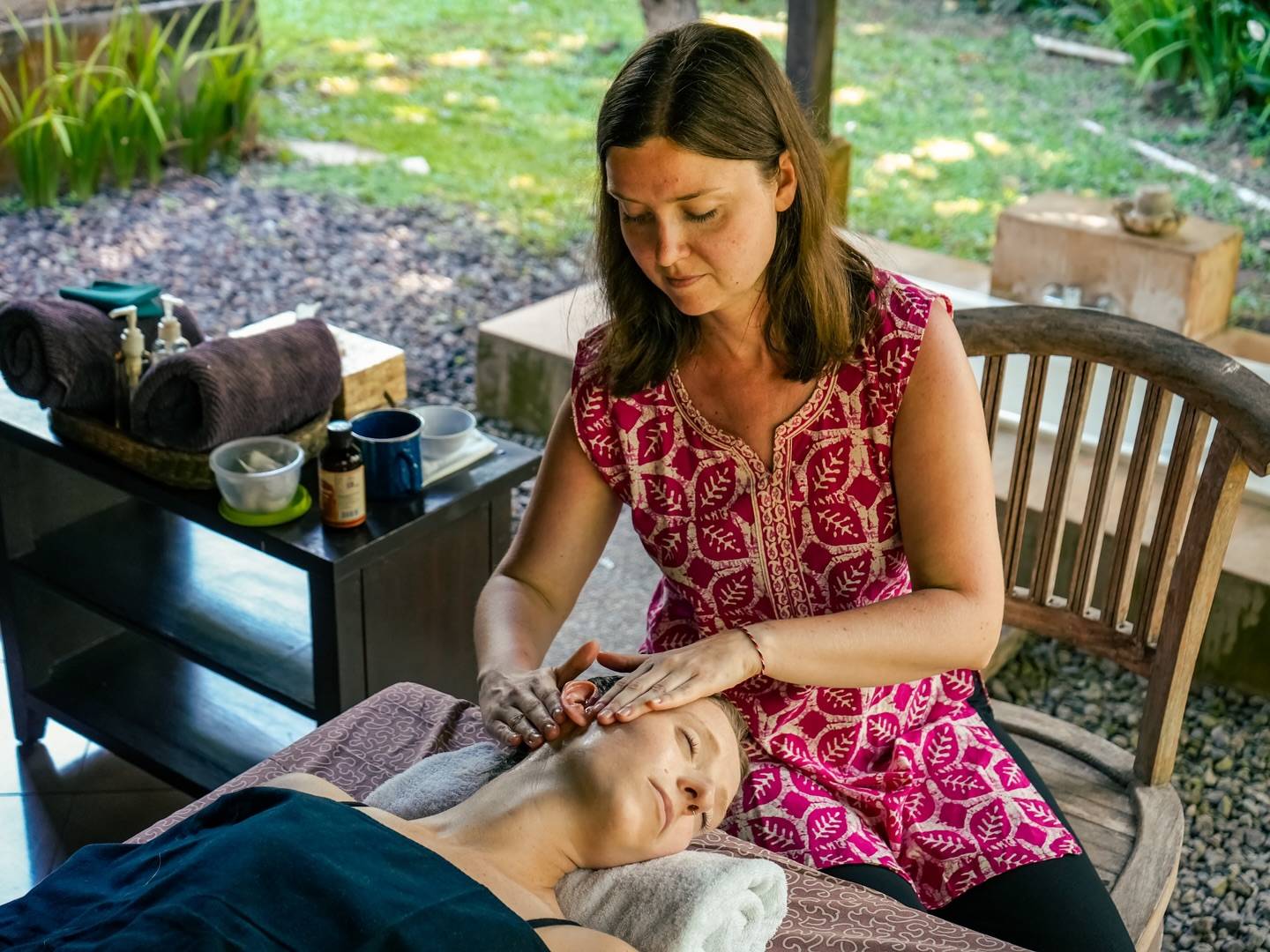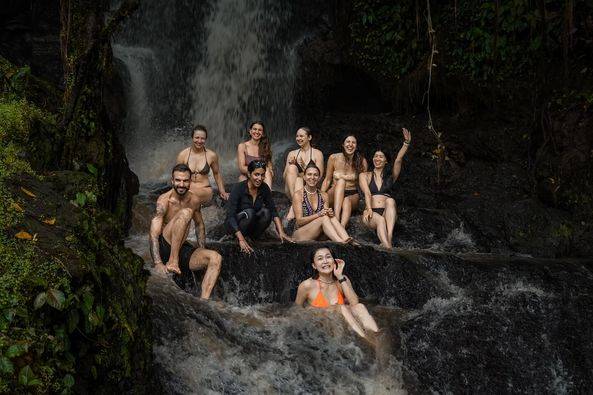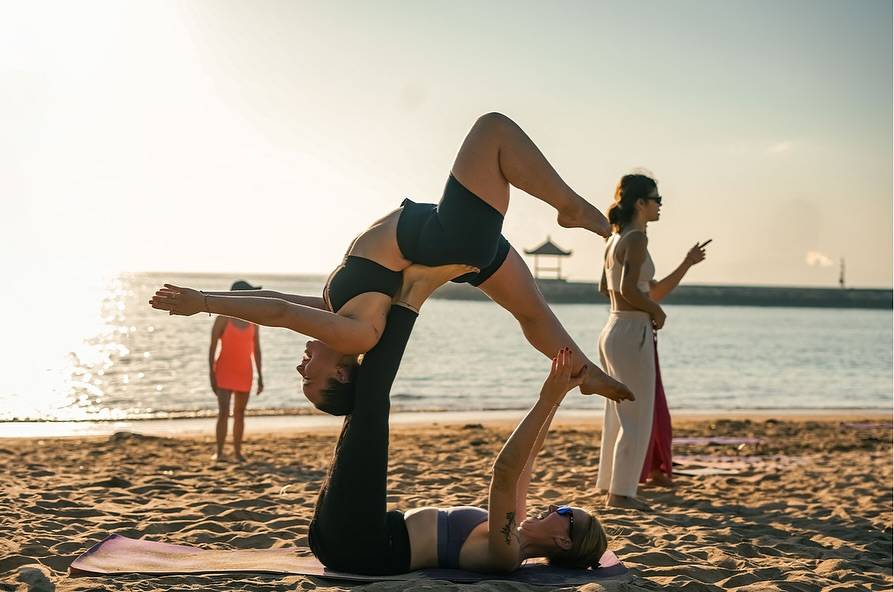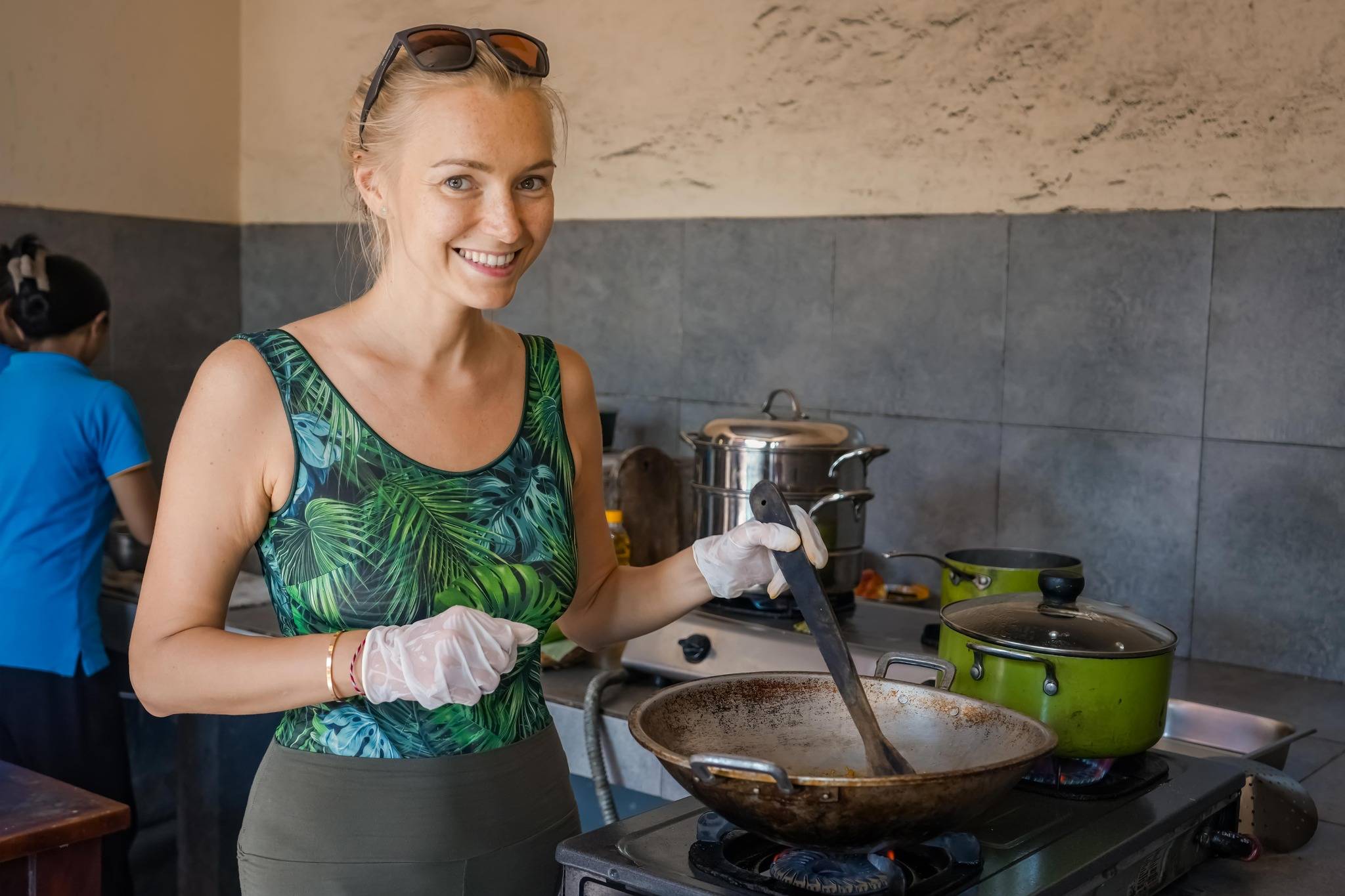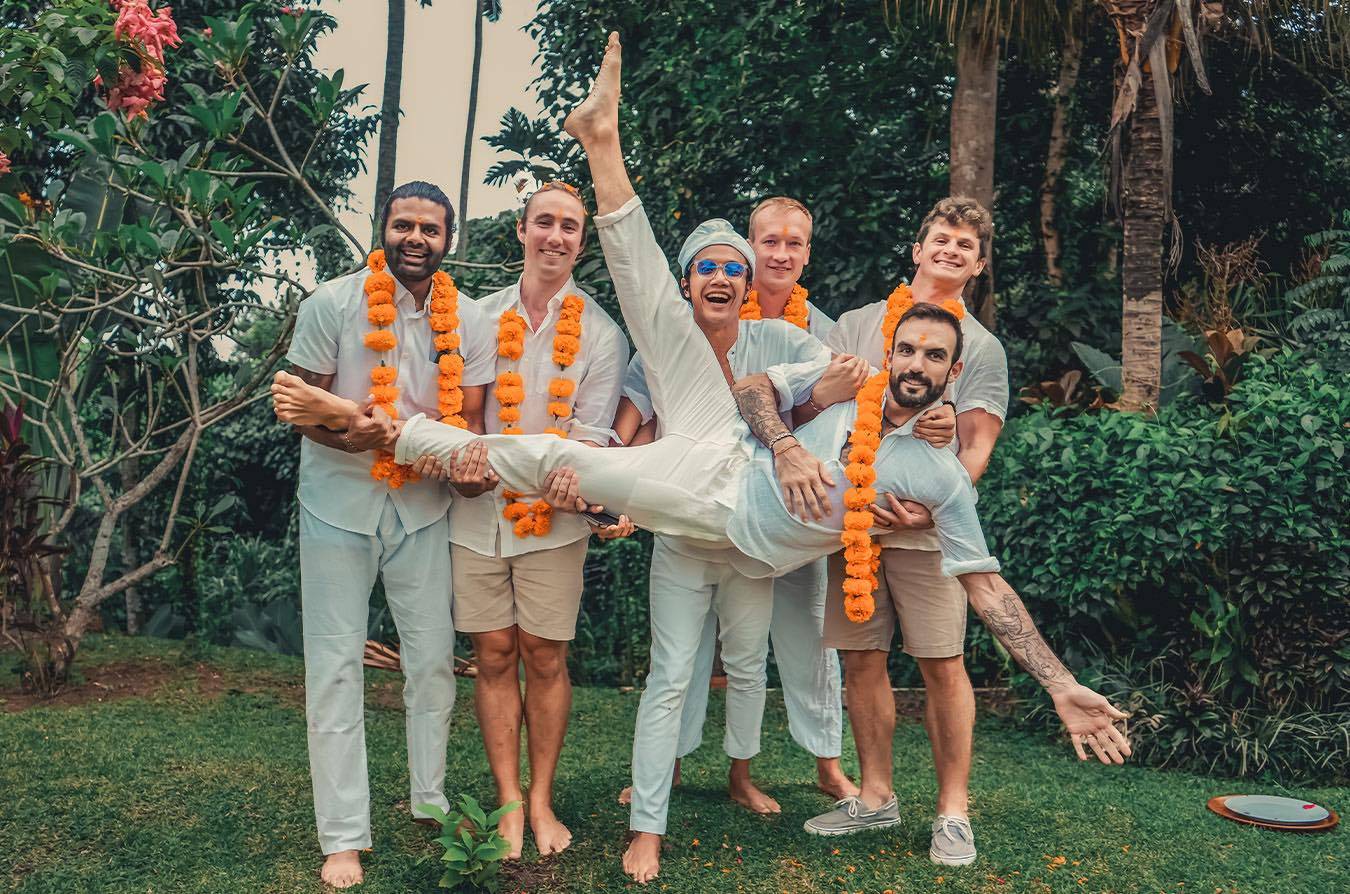What Does The Course Fee Include?
- Twin Shared or Private accommodation: 46 Days
- Rooms with hot water, attached bath & toilet
- Unlimited free High-Speed Wi-Fi internet connection
- Daily nutritious vegetarian meals thrice a day only for 52 days of the course
- Yoga mat, Course books and course manual.
- Yogic Cleansing material
- Free taxi-pickup from Ngurah Rai International Airport (Denpasar) to our Resort
- Three Complimentary Ayurveda body massage
- Weekend Excursion
- In-room satellite TV, Fridge, air conditioning, hot and cold-water shower, hairdryer, Kettle
- Free Shuttle Service from Ubud Center (Pickup & Drop)
What Is Not Included In The Course Fees?
- Food not included for the free days in between 200 hours and 300 hours (23rd of the month till 1st of the following month)
- Complimentary Ayurveda Body Massage
- Additional night stay over and above the course duration
- Extra massages outside the complementary ones
- Anything that is not mentioned above
